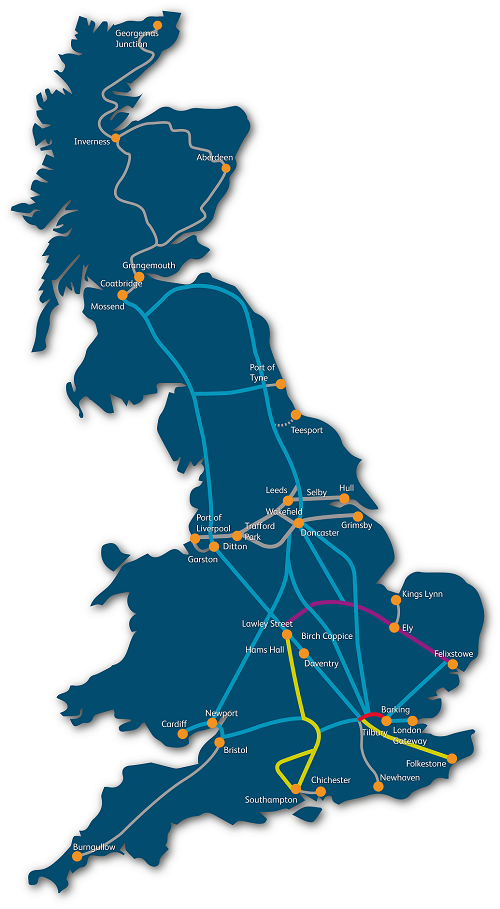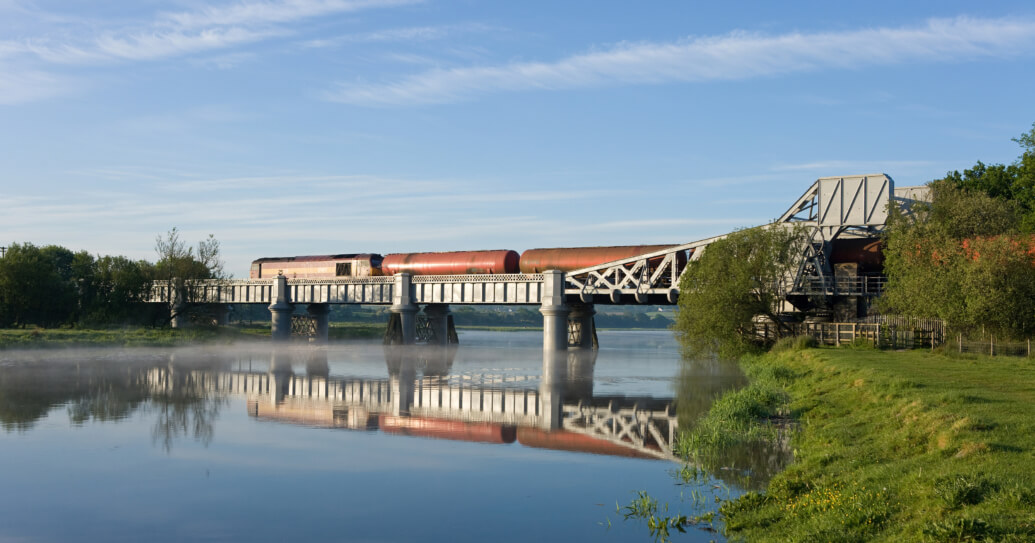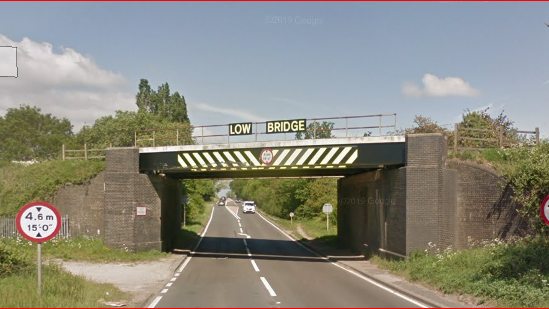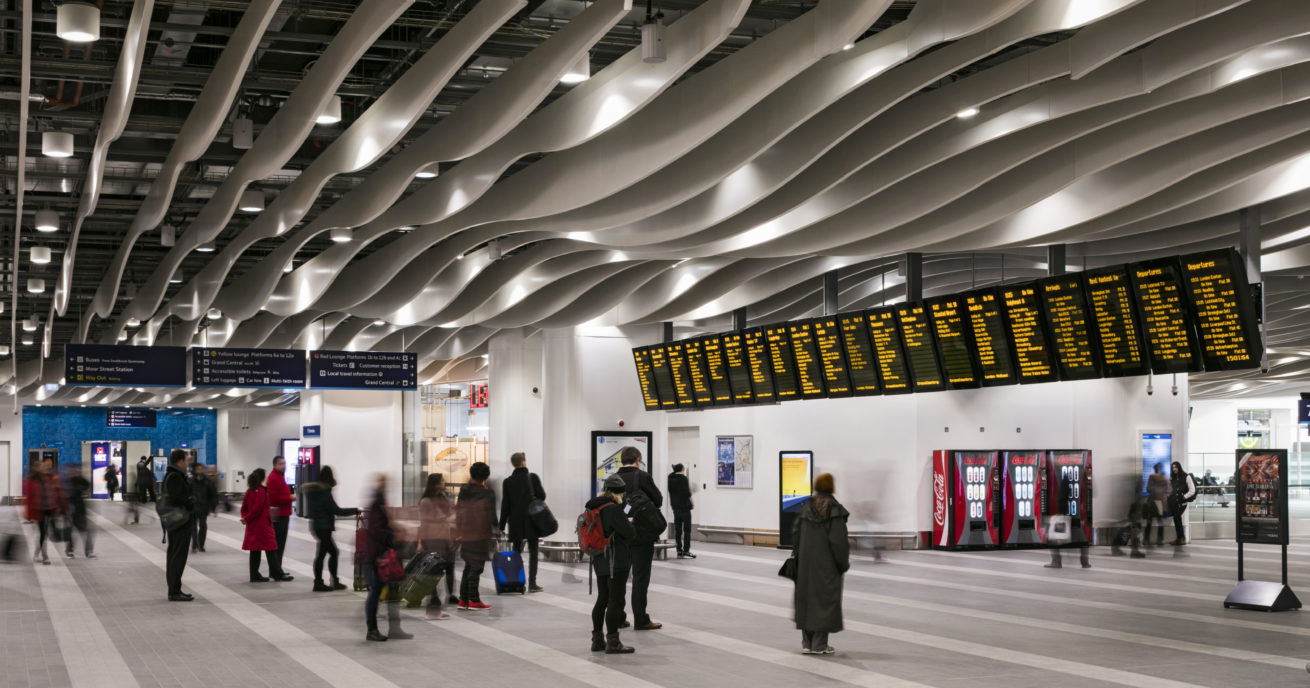Rail freight carries more than £30bn of goods around Britain each year.
It’s important to business growth and has a significant positive impact on the environment. But how does it work? Where do freight trains travel to? And what do they mean for passengers?
Here are five things you didn’t know about freight:
Improvements to the freight network are leading to better train services for passengers:
We’re upgrading the freight network to carry more freight traffic and make rail freight more competitive with other modes of transport, by increasing its efficiency and ability to carry more goods.
In turn, this is leading to improvements for passengers. For instance, a major project underway at the Port of Felixstowe in East Anglia will increase capacity with more track.
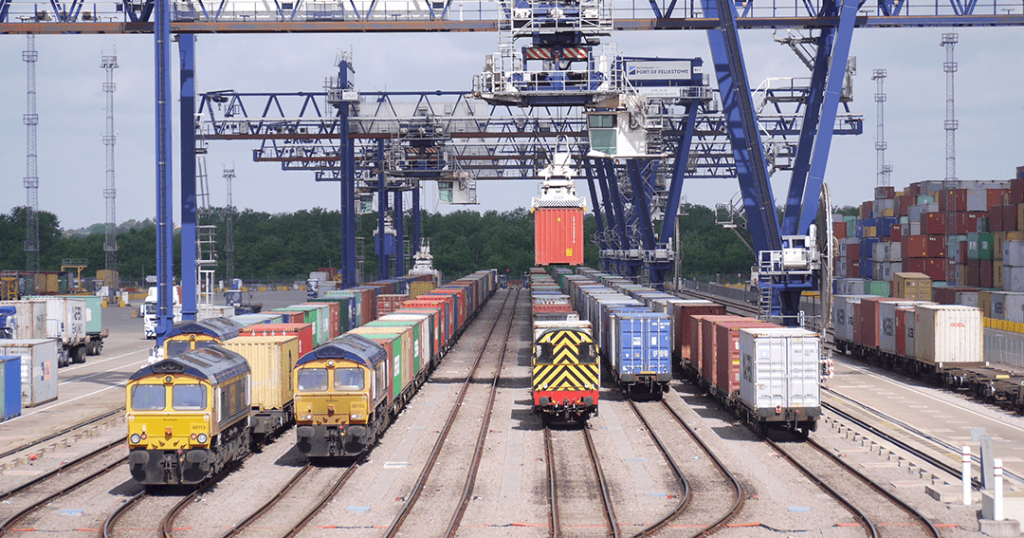
There’s just one passenger train an hour on the Felixstowe branch line and freight can cause delays to these services, with container trains moving to and from this busy East Coast port.
Improvements to the infrastructure will enable up to 10 additional trains in each direction to move goods to and from the Port of Felixstowe – increasing reliability for existing passenger services between Felixstowe and Ipswich.
Freight helps attract third-party investment that can help passengers:

The Port of Felixstowe’s new 1.4km section of extra track will help meet high demand to move goods out of the area.
The port itself contributed £8m towards the scheme because of the freight corridor’s potential and to take pressure off the local road infrastructure.
Our dedicated business development team helps companies identify potential commercial sites across our freight estate where, with investment, they can connect to the rail network.
The potential to improve routes for freight also drives up the business cost ratio on major projects, making them more viable for funding.
Freight trains cause fewer delays to passenger services than you thought:
In fact, freight trains caused just 1.8 minutes of delays per 100km in the 2018 to 2019 financial year.
Why do freight trains appear to be irregular when they travel through my railway station?
The nature of freight means services only run if there is enough demand. This demand is driven by customer, economic and business reasons and the need to avoid the morning and evening peaks; freight services typically operate outside of these hours.
Freight operators can bid for paths if they have enough demand, so they might have to do this at short notice. In this case we work with timetable planners to accommodate them.
Freight paths are integrated into the timetable to avoid peak times for passengers and railway maintenance, which typically takes place at night.
Where are freight trains going?
There are hundreds of different traffic flows across Britain. Intermodal or container traffic carrying consumer goods tends to travel from ports to distribution centres in the Midlands, North West of England, East of England and Scotland.
Aggregates or construction traffic comes from the quarries of the Mendips in Somerset and the Peak District and serves major projects from the North of England to London and the South East of England. This traffic can carry materials to build up to 30,000 new homes.
Freight traffic flows across Britain:
